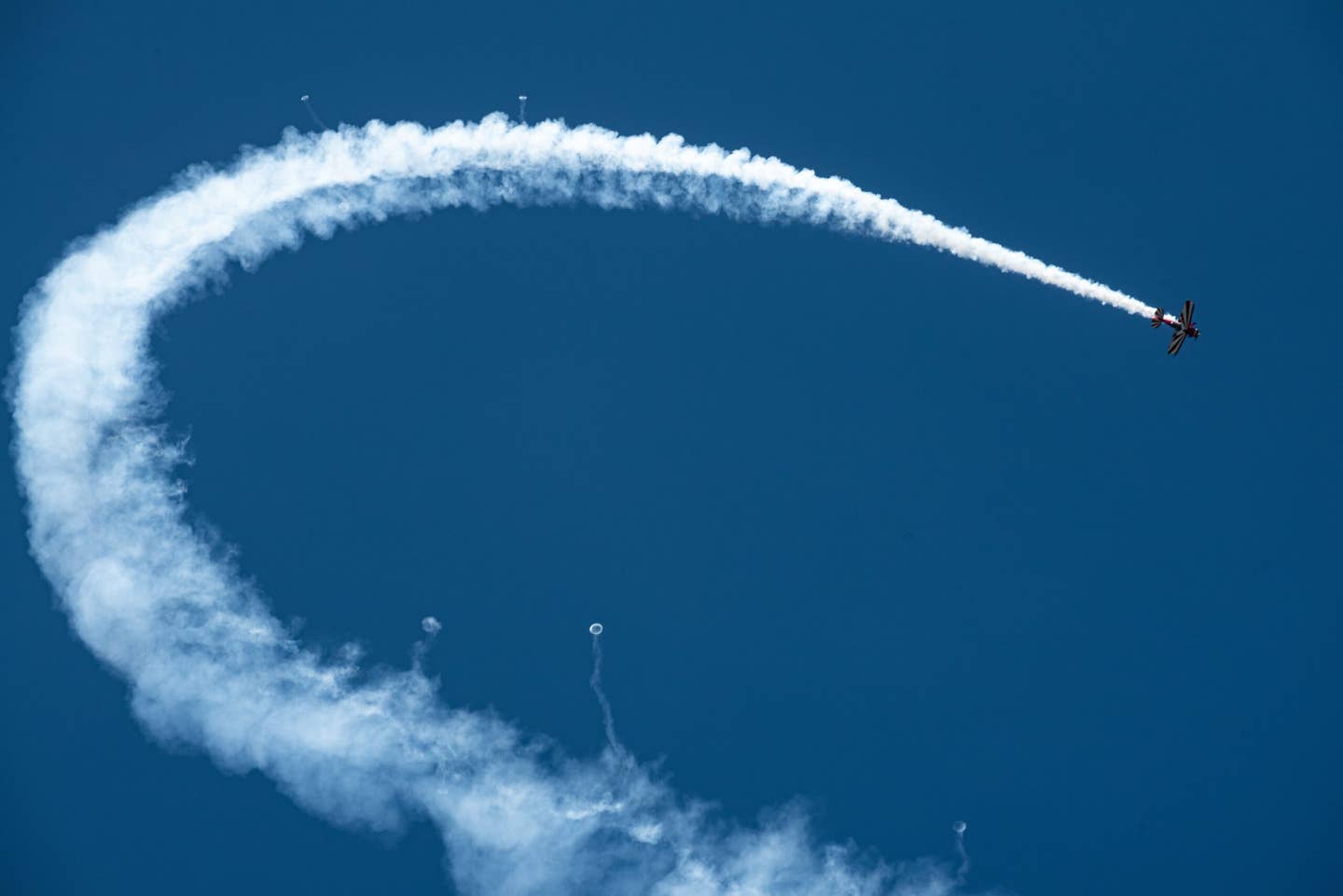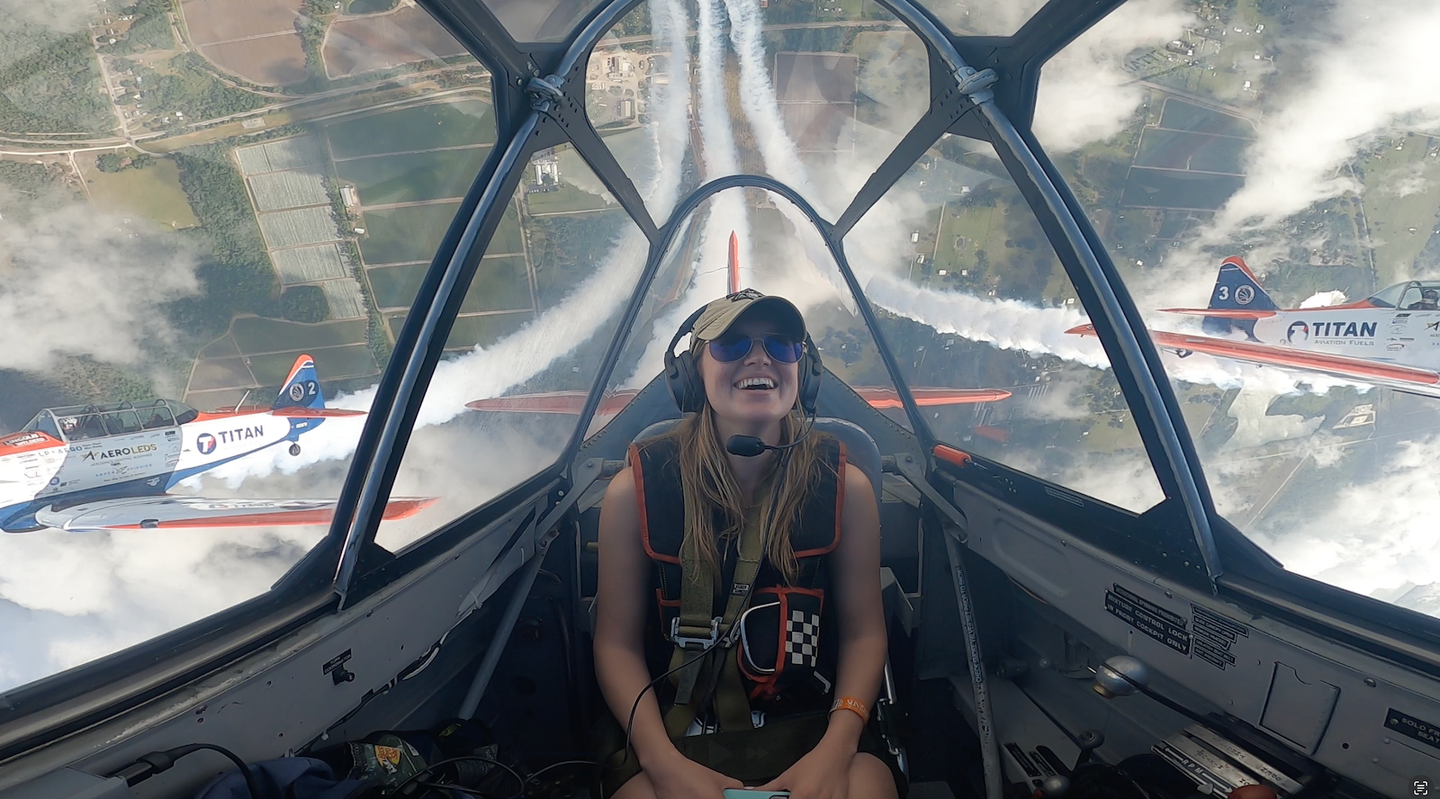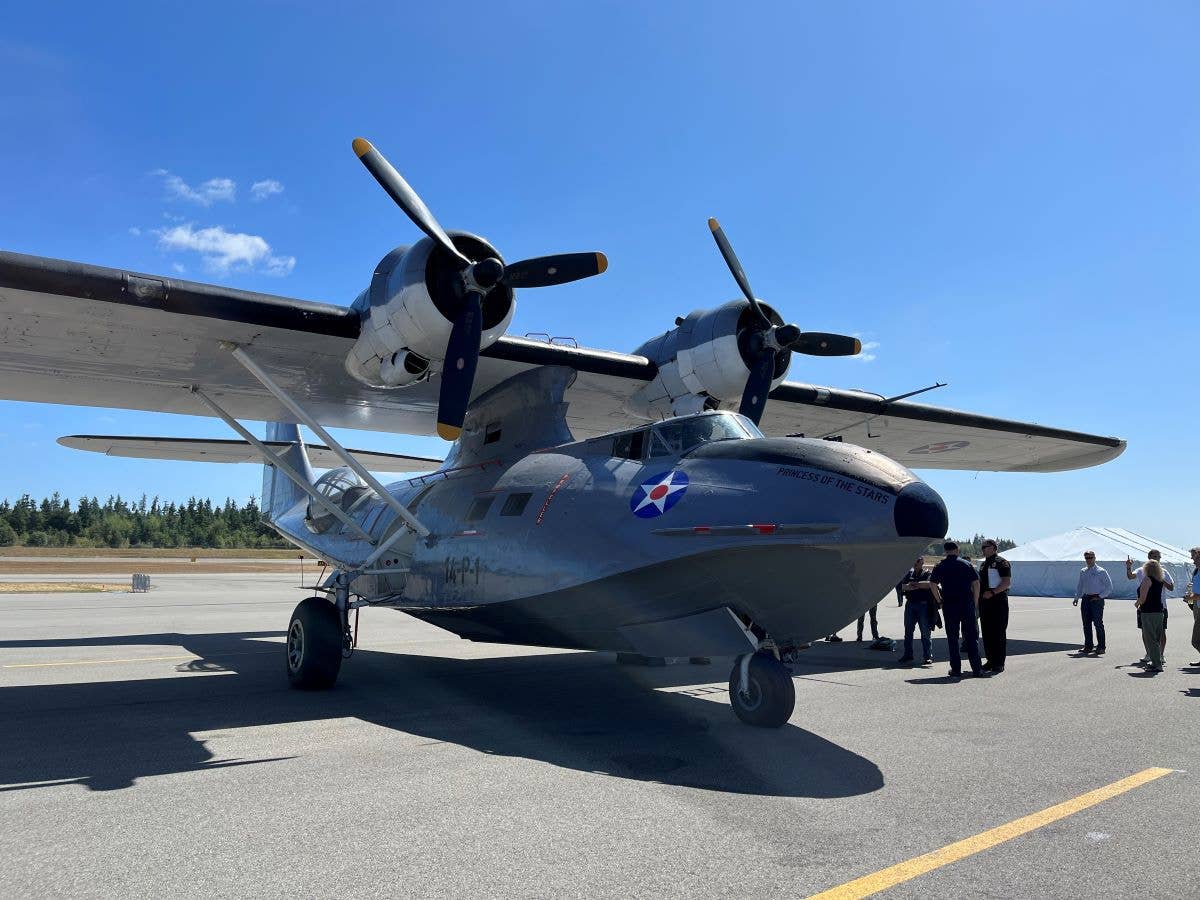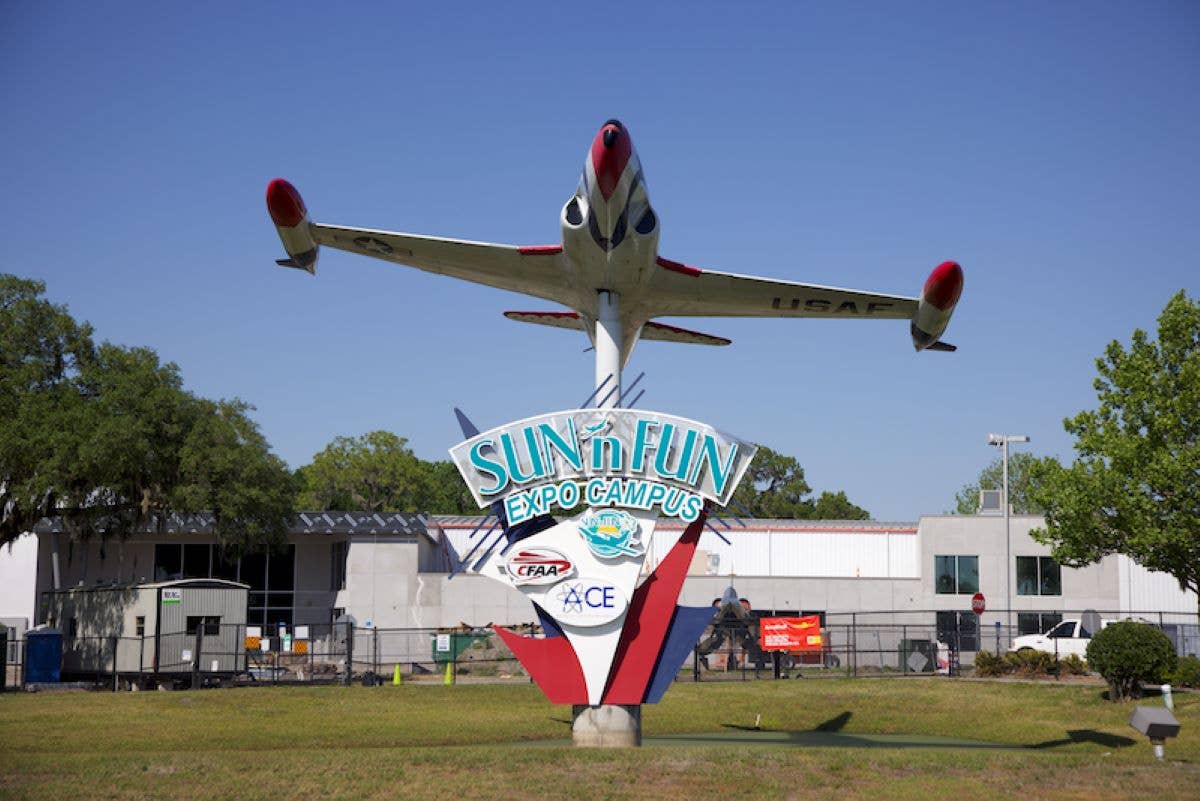Taking in the Reno Air Races’ Final Lap
While tainted by tragedy, the last National Championship Air Races in Nevada represented a memorable example of aviation community.

Seeing the 2023 National Championship Air Races at Reno, Nevada, in person might have been the
ultimate case of ‘better late than never.’ [Courtesy: Jonathan Welsh]
Many people involved in aviation will recall 2023 as the last year for the National Championship Air Races in Reno, Nevada. History will also mark it as a sad year for the event because of a midair collision that claimed the lives of two renowned AT-6 pilots.
For the estimated 140,000 fans who attended the weeklong celebration of aircraft performance (September 13-17), I suspect the overall experience was still one to treasure, in part because the races are more than the sum of the event. When you walk through the gates and head for the grandstands, you are stepping into a complex timeline that stretches back to the competition’s conception in 1964 and beyond to aviation’s Golden Age, with the Cleveland air races, and the Thompson, Bendix, and Greve trophies.
If you're not already a subscriber, what are you waiting for? Subscribe today to get the issue as soon as it is released in either Print or Digital formats.
Subscribe NowI know I will feel a tinge of joy every time I look back on my days spent with the Yak-3 racer Miss Trinidad, its owner Sam Davis, crew chief John Dowd, pilot John Maloney, and the gang of volunteers that kept the complex vintage machine ready to race. This group generously made room for me in its pit stall so I could report on the effort required to get a bunch of 80-year-old warbirds to the starting line and the elements that, when blended correctly, turn a race plane into a winner.
- READ MORE: The Intricacies of Getting Ready for Reno
The performances seen at Reno are often the culmination of years of work spent modifying, testing, and refining these former fighting aircraft into racers capable of lapping the 8-mile course at 400 mph or more. Favorites change from year to year with certain airplanes enjoying runs of back-to-back victories and record-setting lap speeds. Sometimes an airplane will languish at the back of the pack until a new owner or change of sponsorship brings the resources needed to make it a front-runner. In other cases, finding the right pilot can put an airplane in the winner’s circle. These combinations often become part of air racing lore.
That tradition piqued my interest as a kid leafing through aviation magazines. Photos of P-51 Mustangs, F8F Bearcats, Hawker Sea Furies, and other models of the World War II era rounding pylons, flying wingtip to wingtip, seemed completely thrilling. Even more storied than the aircraft were the pilots. From Chuck Lyford and the Bardahl Special P-51 and Mira Slovak and the Smirnoff Bearcat in the 1960s to Steven Hinton in the recently restored Bardahl Special in this year’s races, the aviators who compete at this level tend to lead interesting lives.
For decades, I was determined to make my way to Reno to see the action firsthand. But life and all of its schedules kept me away. As a result, I missed watershed developments, including the arrival of original non-warbird designs Tsunami during the mid-1980s and the twin-engine Pond Racer, a Burt Rutan composite design of the early 1990s. My father went to the races with a group of friends in 1992 and brought back photos of the Pond Racer. I was jealous.
Still, I followed the races for many years through print, television, and video, catching memorable events like Hinton flying the P-51 Red Baron to a new speed record in 1979 to the classic 1989 showdown between Bill “Tiger” Destefani and his P-51 Strega and longtime rival Lyle Shelton in the Bearcat Rare Bear.
Seeing the event in person this year might have been the ultimate case of “better late than never,” but it gave me a sense of what the races truly represent and why the tightly knit racing community returns each year despite the expense and obvious risks.
“Community” really is the right word to describe Reno’s cast of characters that includes pilots, aircraft builders, mechanics, owners, officials, sponsors, and families. As expected, people serving as crewmembers work tirelessly for their teams, repairing, tuning, and tweaking aircraft before and between qualifying flights and heat races. What might surprise outsiders is how hard the same folks will work to get a competitor’s airplane into a race, especially if they are sidelined by a mishap.
If someone needs a spare part, a special tool, or someone with particular expertise, help is sure to emerge from a neighboring section of the pits, which sprawls like a small town across the vast ramp at Reno-Stead Airport (KRTS). It is the kind of town where some of your neighbors might be celebrities.
Pete Law, the renowned former Lockheed engineer and fluid dynamicist who for decades designed exotic systems for cooling racers’ engines and keeping them running properly, stopped by Trinidad’s pit stall for a friendly visit. Across the ramp were the legendary P-51s Miss America and Thunderbird. Take a shortcut through Miss Trinidad’s backyard, and you would enter the Hinton headquarters where the Bardahl Special was undergoing constant preparation. The airplane, restored and heavily modified over the past year, reportedly at great expense, was favored to win the Unlimited Gold race.
The stakes were high, and the atmosphere in the pits was intense, though still friendly, with visitors stopping by to chat and bag the occasional autograph. In the background, generators hummed and power tools whirred as workers opened hatches and removed exterior panels to perform a range of surgeries on aircraft before sending them to the line to start the next race. Occasionally, someone shouts for a tool or bandage to dress bloody knuckles. Sometimes you hear the echo of a nut, bolt, screw, or other small part dropped deep inside a fuselage or engine cowling, followed by an expletive. That is about as harsh as it gets.
Proof of the air racing community’s openness came when my wife, who did not grow up around airplanes, flew out to join me for the final day of competition. The entire crew welcomed her, and she wound up having such a great time chatting with them and pitching in to help when she could that the racing almost became secondary. She wondered how you get so many accomplished people to work free of charge.
As a physician, she happily answered medical questions with owner Davis and crew chief Dowd while learning about the vagaries of twin-row radial engines like the Yak’s Pratt & Whitney R2000. She cannot wait for the races to resume at a new venue, which is planned for 2025.
The ultimate show of friend-for-life status came just before we departed on Sunday afternoon. Members of the Davis team wore white T-shirts with an image of the airplane and the inscriptions “Miss Trinidad” and “Race 27.” As we said our farewells, Davis approached and handed us our own crew shirts.
We will wear them with pride.
This column first appeared in the November 2023/Issue 943 of FLYING’s print edition.

Sign-up for newsletters & special offers!
Get the latest FLYING stories & special offers delivered directly to your inbox







